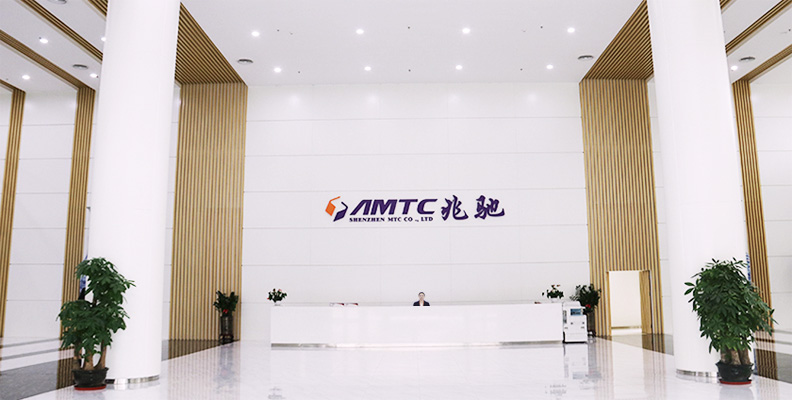My amateur take: Huawei has an architecture license from ARM, that means they design SOCs that interprets and execute ARM instruction sets instead of using cores designed by ARM. How the Huawei SOC executes the instructions is somewhat instruction-independent. It is probably not too difficult for Huawei to switch the core design to RISC-V.
We haven't really gotten to the point where RISC-V cores are developed enough to do the computations that ARM can, but they are going in that direction. I think we get HPC core first as the CAS post said. Also, imo it's not logical for Hisilicon to be spending too much time on ARM designs that SMIC can't produce.
At least 2025, Kirin is back but I guess they won't use Arm anymore, they will use their own chip architecture, or RISC-V.... Huawei is resetting back to K3V2...
Short term, they might have to use ARM still. It's unclear to me how they lose out by not having access to ARMv9. From here, it looks like the big change in terms of performance is the presence of SVE2
It's hard for me to see how they can compete against Snapdragon 8 Gen 2 when they are not going to have access for the whole instruction set.
I really do think they need to look into both RISC-V & LoongArch. The former is obvious. The latter makes a lot of sense to me because it has now been integrated with openHarmony. Both 2K0500 and 2K1000LA has been tested. I would imagine 2K1500 & 2K2000 support will be added this year also.
I think latest ARM smartphone CPUs are all Octacore, which allows tasks to be distributed between high performing and more efficient cores. That allows them to run on lower average power and occasionally go at peak power.
I think you should be able to do the same with LoongArch, since it has its own higher and lower efficiency CPU cores and its own GPU. Something like 2K2000 achieved A76 performance despite designed for 28nm process and operated at 1.5 GHz. And it has average power of 4w.
3A5000 at 2.5 GHz with quad core uses 35w of power, which is obviously too high for smartphone, but consumes less power than octacore D2000 CPUs done by Phytium (40w I think). I would expect 3A6000 (still using 12nm process) to have better power consumption since it will be on a shrunken die compared to 3A5000.
So if they develop a SoC with dedicated a high performing core + several high efficiency core + GPU on 7nm process, I think it can be competitive with ARM SoC designed with more advanced process. And they can get to that point sooner than RISC-V.

